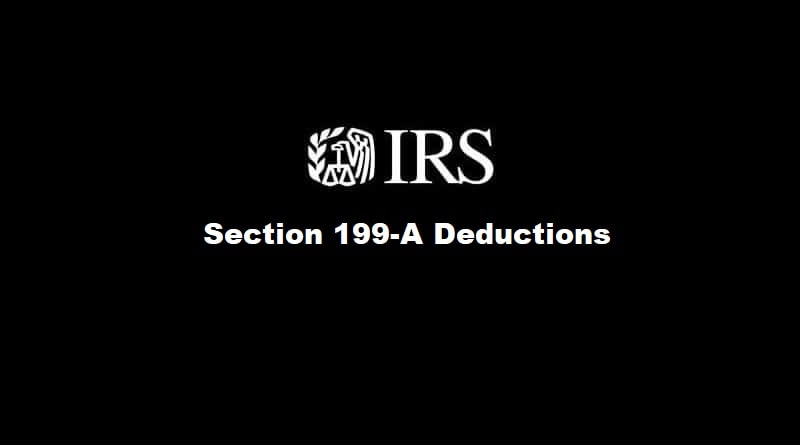For businesses that are structured as pass-through entities The Tax Cuts and Jobs Act of 2017 (TCJA) created a plethora of complex – but potentially generous – tax provisions. Chief among them is the Sec. 199A deduction, providing a possible 20 percent deduction off taxable income.
Pass-through entities include S Corporations, partnerships, limited liability companies and sole proprietorships, and make up the majority of American businesses, including most architecture and engineering firms. While the TCJA significantly slashed tax rates for corporations – to 21 percent from a previous high of 35 percent – the Sec. 199A deduction is considered to be Congress’s effort to extend similar tax relief to owners of pass-through businesses.
Certain pass-through businesses known in IRS-speak as “specified service trade or business (SSTB)” are only eligible for the Sec. 199A deduction if they fall below certain income thresholds. Above the thresholds, the deduction is subject to phase-out rules. These businesses generally are professional services firms such as accounting and law firms, and are defined, in part, as “any trade or business where the principal asset of such trade or business is the reputation or skill of one or more of the owners or employees.”
Exception to the exception
While engineering certainly is a field where success depends upon the reputation and skill of owners and employees, architectural and engineering firms are in the enviable position of being the exception to the exception. They are specifically exempted from the SSTB list, and are, eligible for the full Sec. 199A deduction even if their income is above the SSTB thresholds.
Before we get to the deduction, though, it is important to note that the TCJA also creates a new concept for pass-through entities called Qualified Business Income. A business’s QBI is defined as ordinary income, but does not include capital gains/losses, dividends and interest, annuity payments, foreign currency gains/losses, reasonable compensation paid to the owner, or guaranteed payments made to a partner for services rendered.
How the Sec. 199A deduction is calculated
Once QBI is determined, the deduction under Sec. 199A is applied. This is where it starts getting complicated.
The deduction can be limited and is the lesser of 20 percent of QBI, OR the greater of 1) 50% of the W-2 wages with respect to the trade or business, or 2) the sum of 25% of the W-2 wages, plus 2.5% of the unadjusted basis immediately after acquisition of all qualified property (generally, tangible property subject to depreciation under Sec. 167). The deduction also may not exceed 1) taxable income for the year over 2) net capital gain plus aggregate qualified cooperative dividends.
The W-2 wage limitation does not apply to taxpayers with taxable income of less than $157,500 for the year ($315,000 for married filing jointly) and is phased in for taxpayers with taxable income above those thresholds. Income from specified service businesses is not excluded from qualified business income for taxpayers with taxable income under the same threshold amounts.
Given the complexity of how the Sec. 199A deduction is calculated, the amount of the deduction could be significantly different for companies with similar income.
Example companies
Company A has Qualified Business Income (QBI) of $1 million, and a wage base of $300,000. Twenty percent of the company’s QBI is $200,000 and 50 percent of its wage base is $150,000. The calculation of 25 percent of its wage base plus 2.5 percent of its property basis results in a total of $100,000. Under this scenario, Company A gets a deduction of $150,000 – equal to 50 percent of its wage base.
Company B has Qualified Business Income (QBI) of $3 million, and a wage base of $1.6 million. Twenty percent of the company’s QBI is $600,000 and 50 percent of its wage base is $800,000. The calculation of 25 percent of its wage base plus 2.5 percent of its property basis results in a total of $500,000. Under this scenario, Company B gets a deduction of $600,000 – equal to 20 percent of its QBI.
Not a study in precision
The TCJA was not exactly a study in precision. Though it is the most significant revamp of the federal tax code in more than 30 years, it was put together and passed by Congress in less than one month in late 2017. The IRS is still interpreting the law and issuing guidance, and after the first year of implementation, further changes may be made either by Congress or the IRS.
Business owners should understand that the type of tax planning they have engaged in for the past 30 years will likely change once the full impact of the TCJA is known.
Please contact us with any questions you may have about the TCJA’s impact on your pass-through business.






